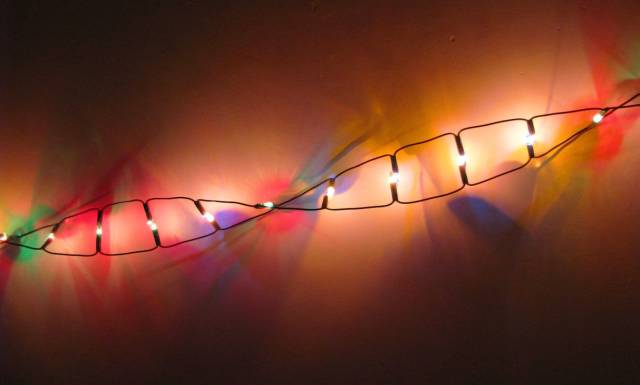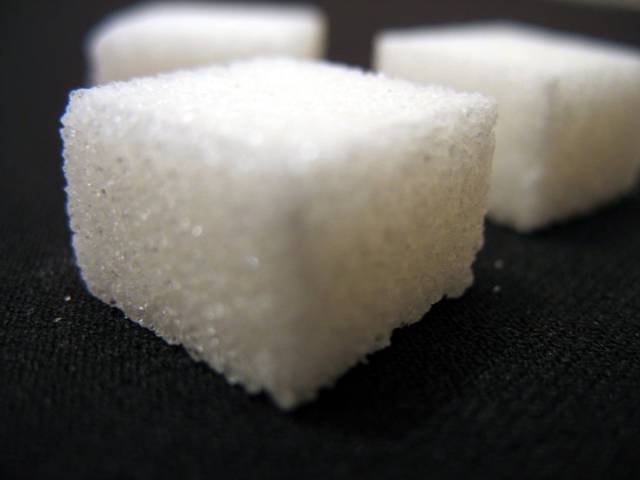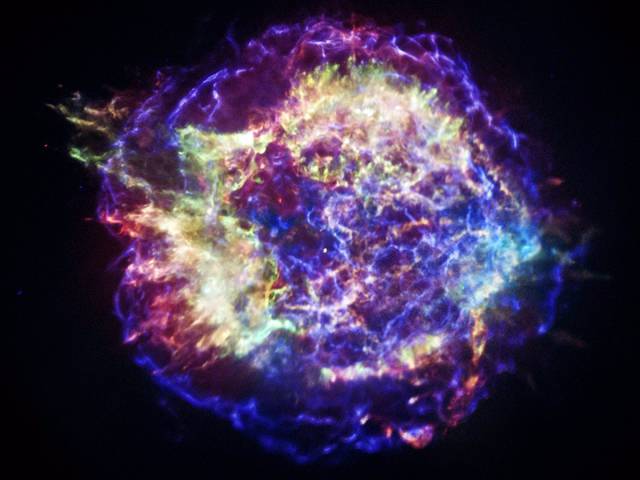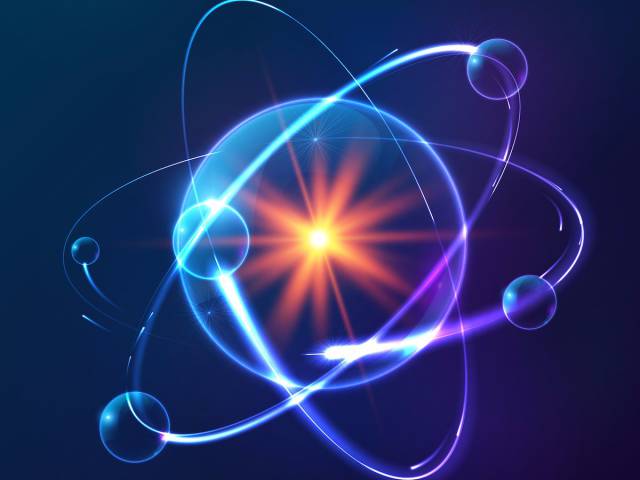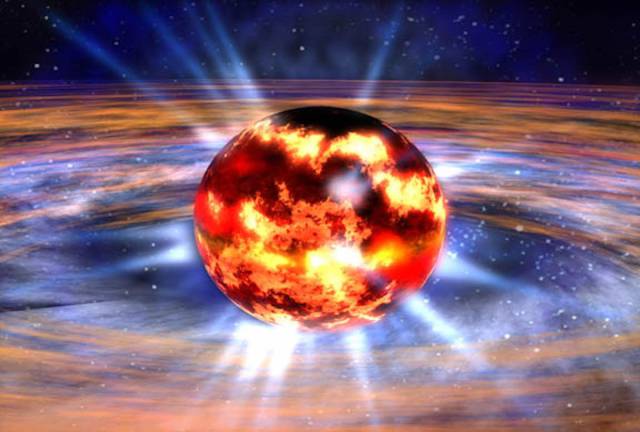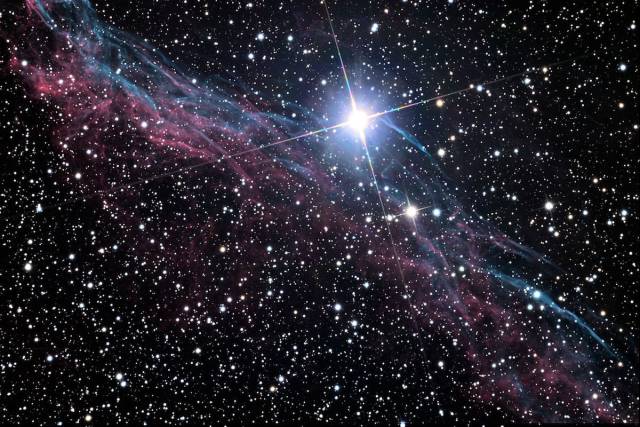If you unraveled all of the DNA in your body, it would span 34 billion miles, reaching to Pluto (2.66 billion miles away) and back ... six times.
Almost all of ordinary matter (99.9999999% of it) is empty space. If you took out all of the space in our atoms, the entire human race (all 7 billion of us) would fit into the volume of a sugar cube.
Many of the atoms you're made of, from the calcium in your bones to the iron in your blood, were brewed up in the heart of an exploding star billions of years ago.
In fact, your body contains cosmic relics from the creation of the universe. Almost all of your hydrogen atoms were formed in the Big Bang, about 13.7 billion years ago.
And when you tune your TV between stations, a small percentage of the static you see is actually the afterglow of the Big Bang.
Light from some stars takes so long to travel to our eyes that when you look at the star-speckled night sky you're actually peering deep into the past. NASA's Hubble Telescope can look as far back as 13 billion years ago.
Forty-seven years ago, humankind took its first steps on the moon — and the bootprints will probably still be there a million years from now. That's because the moon has no atmosphere, so there's no wind or water to sweep through and erase the marks.
Outer space is silent. Eerily silent. That's because sound waves need some sort of medium to travel through. And space is a vacuum. A dark, silent vacuum.
If you touch two pieces of the same type of metal together in the vacuum of space, they will fuse, bound together until eternity (or until you break them apart).
One year on Venus is equal to 224 Earth days. And one day on Venus is equal to 243 Earth days. Which makes a day on Venus longer than a year. And to top it off, Venus is the only planet in our solar system that rotates backwards.
The sun makes up 99.86% of the mass of the solar system. It's so big that you could squeeze 1.3 million Earths inside of it.
There might be as many as three sextillion stars in the universe. That's 3 followed by 23 zeros, or 300,000,000,000,000,000,000,000. That's more than all of the grains of sand on Earth.
When a massive star explodes, its scrunched up core forms something called a neutron star. Neutron stars are so dense that just a teaspoon of their material would weigh more than Mt. Everest. The explosion can spin the neutron star to mind blowing speeds — up to 600 rotations per second.
Ordinary, observable matter (like stars and planets) makes up a measly 5% of the universe. The other 95% universe is made up of invisible dark energy (68%) and dark matter (27%). That means there's 95% of the universe that we don't know about yet.

